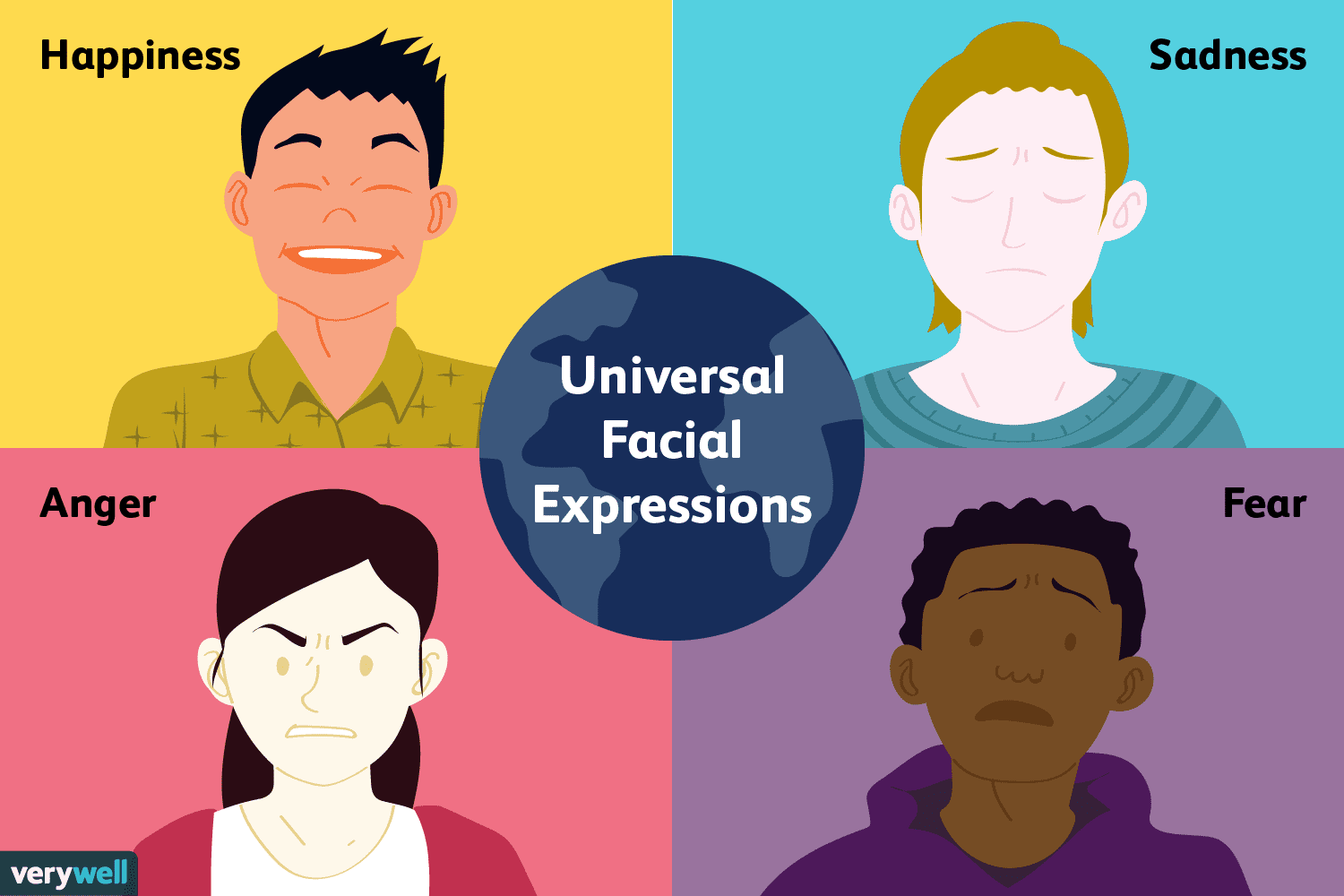 Communication is a key aspect of effective leadership.
Communication is a key aspect of effective leadership.
While leaders will pay a lot of attention to public speaking, and even their writing skills, many people overlook non-verbal communication. But your non-verbals can sometimes speak even louder than your words. Following are some key aspects to focus on:
1. Body Language
- Posture. Stand tall. Sit up straight. No Slouching.
- Lean In. A slight lean in connotes interest.
- Openness. Don’t cross your arms or legs. Relax your arms at your side.
- No Fidgeting. Get rid of any nervous tics or distracting mannerisms.
2. Eye Contact
- Make Initial Eye Contact. This should last two-three seconds when you first meet someone.
- Look at Each Person in a Group. Move your eye contact around as you are speaking.
- Don’t Stare. Look down or away naturally.
- Cultural Awareness. Some cultures have different guidelines regarding eye contact. Make sure to find this out as you travel or entertain people from other countries.
3. Facial Expressions
- Genuine Smile. You are happy to see these people; demonstrate that.
- Natural Expressiveness. Channel friendliness through your face.
- Active Listening. A thoughtful nod or expression can go a long way.
4. Voice
- Tone. This should match your message – whether enthusiastic or concerned; definitely not monotone.
- Volume. A moderate, confident volume adds credibility to your actual words.
- Rate of Speech. Many people talk too fast, especially in high-stakes meetings, such as interviews. Take your time.
As with most aspects of leadership, building your self-awareness around your non-verbals is key. Some of these are subtle and it may be hard to know how you are doing. Enlist some colleagues who are willing to observe you and provide feedback.
You want to be naturally engaging – so don’t overthink this. Use this checklist to help others see you as your sincerely engaging wonderful self.